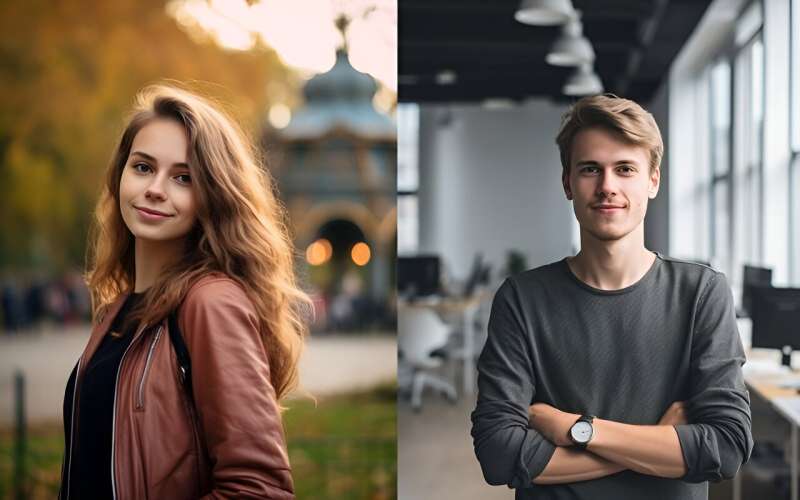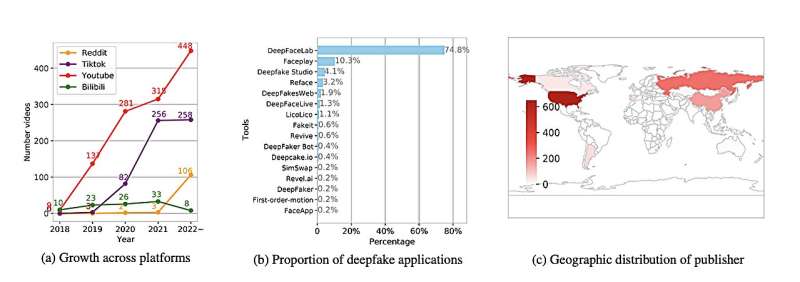
In a world where you can create a virtual clone of a person in a matter of minutes, how do we know what's real? It may sound like dystopian science fiction, but deepfakes are a reality causing serious social, financial and personal harm.
Deepfakes are synthetic media generated using artificial intelligence (AI), including images, videos, audio and even text. Most commonly, deepfakes are videos or images of people that have been digitally manipulated by cyber attackers to mislead. Deepfakes can depict people saying or doing something they never actually did.
Due to recent advances in the AI used to create deepfakes, and the proliferation of cheap and easy-to-use deepfake generators, you've likely noticed more realistic deepfakes popping up on your social media feeds. Or maybe, more concerningly… you haven't noticed.
How are deepfakes made?
The "deep" in deepfake comes from deep learning, the kind of AI used to create them. Deep learning teaches computers to process data and make predictions in a way that is inspired by the human brain.
Until recently, many deepfakes were created using a type of model called a Generative Adversarial Network (or GAN). A GAN is trained by pitting two neural networks against each other: one generates content and the other evaluates it, which creates increasingly realistic outputs through competition.
In deepfake videos created by GAN models, manipulation is applied to specific parts of the footage, for example the mouth. This results in fakes like this one where Twiggy Forest, Gina Reinhardt and Dick Smith's likenesses were used to scam Aussies to invest in a bogus scheme.
Since the boom in generative AI in 2023, there has been a rise in diffusion model deepfakes. Diffusion models take us beyond the realm of pasting a celebrity's face onto the body of an actor, or making the mouth say new words. They allow a deepfake to be created from scratch, without editing original content.
Our cybersecurity experts are researching the rapid changes in the deepfake landscape. Dr. Sharif Abuadbba said as well as increasing realism, the generative AI boom has led to cheaper and more accessible deepfake creation.
"Just a year or so ago this technology was only accessible to skilled hackers and experts. Now, anyone with a phone or computer can make a deepfake. It's as easy as going to the app store, downloading one of many apps for free or a small subscription fee, and you're ready to go," Sharif said.
"Scarily, it's now almost just as easy to create a deepfake that targets a specific person. Novice attackers can access a generator and create one with no prior knowledge in as little as a few seconds. Skilled hackers can create highly realistic deepfakes in just a few hours to a day."

Why do people make deepfakes?
Sadly, the overwhelming majority of deepfakes target women and are used in pornography. However, other uses of deepfakes are growing, many of them malicious. They've been used for election tampering, identity fraud, scam attempts, and to spread fake news. Last year, the stock market tumbled in response to a realistic deepfake photo showing the Pentagon on fire.
Citation: Keeping it real: How to spot a deepfake (2024, February 10) retrieved 10 February 2024 from https://techxplore.com/news/2024-02-real-deepfake.html
This document is subject to copyright. Apart from any fair dealing for the purpose of private study or research, no part may be reproduced without the written permission. The content is provided for information purposes only.
